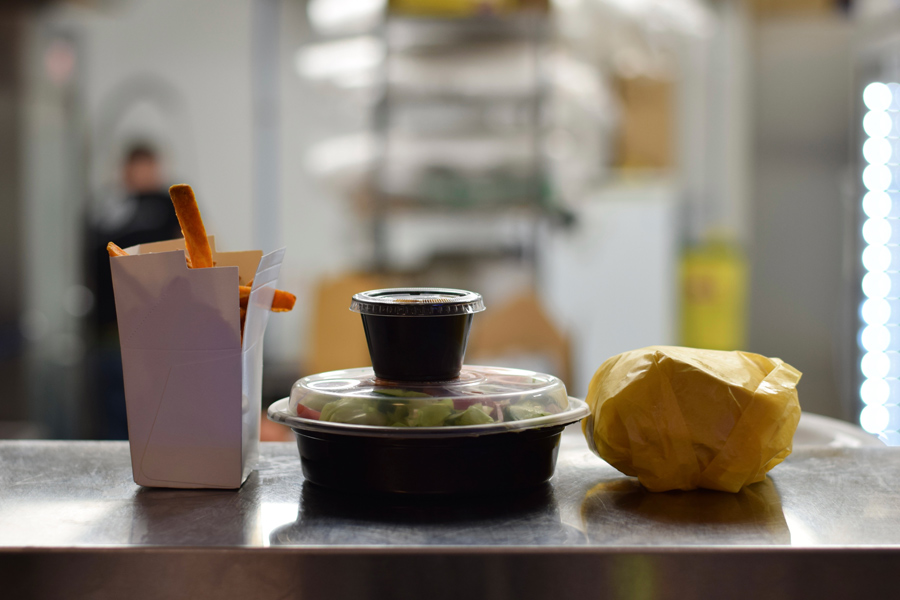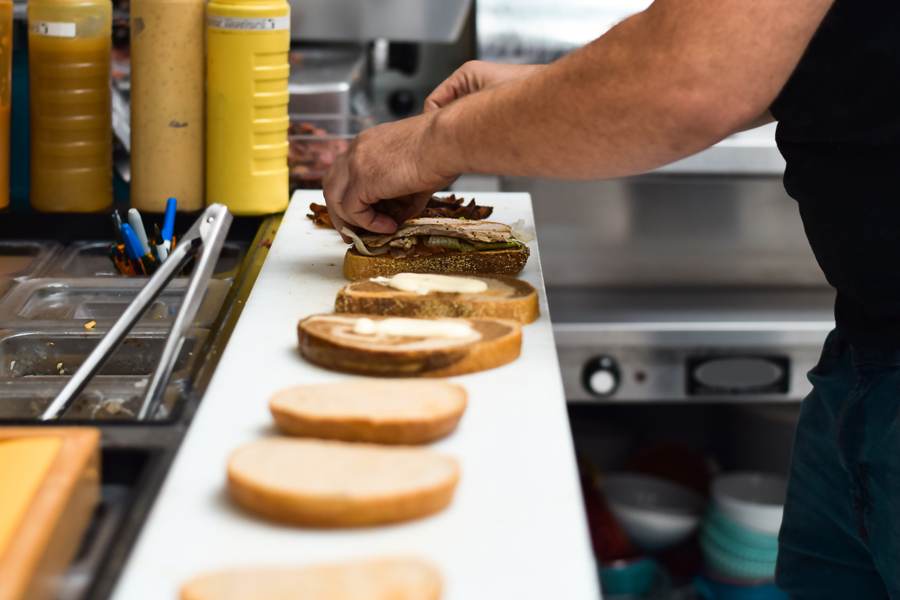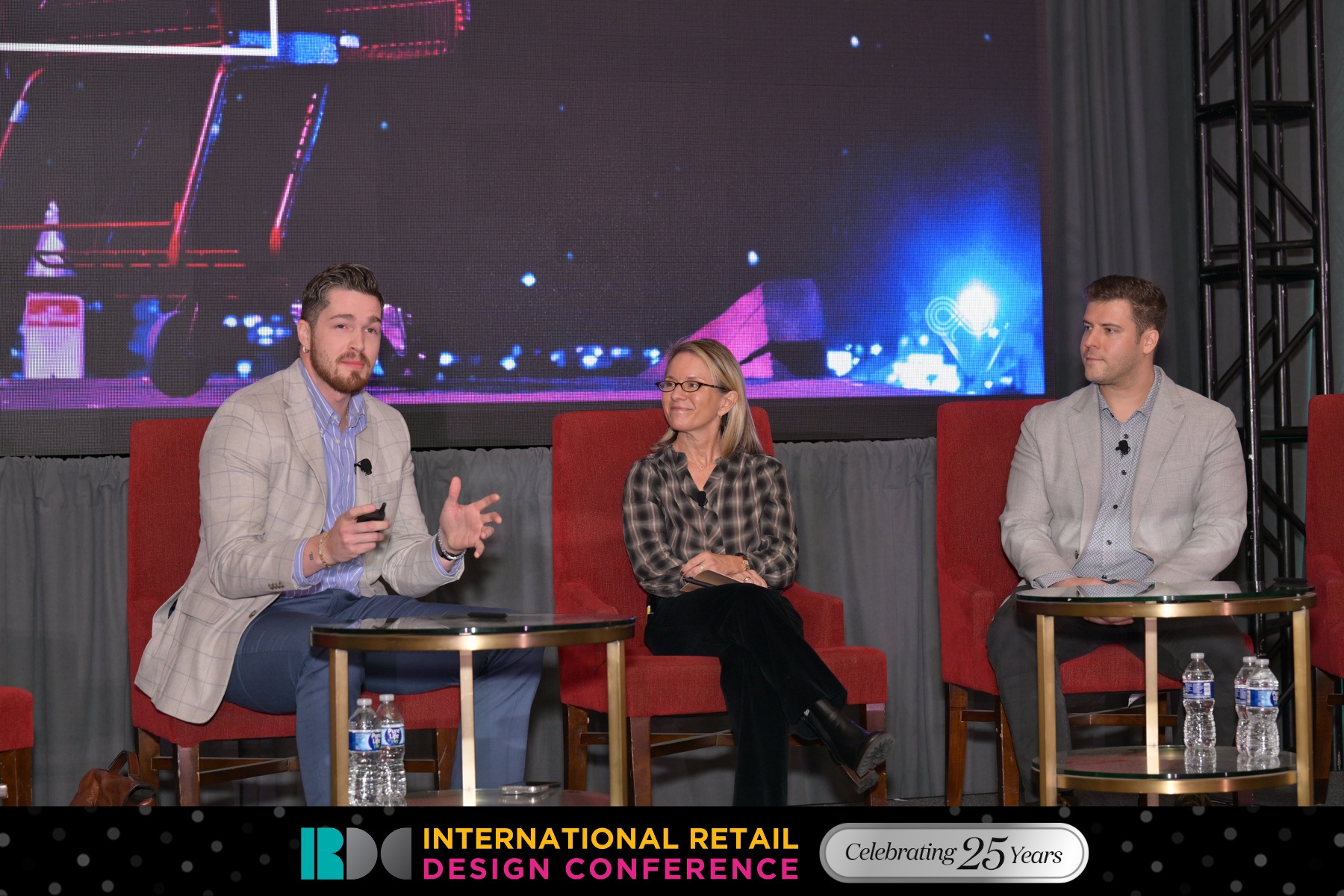By now you’ve likely heard of the term ghost kitchen, but have you heard the phrase reverse ghost kitchen? While ghost kitchens have gained wild popularity with fast food, fast casual, and casual dining restaurant brands, the term reverse ghost kitchen is now emerging as a popular concept. It refers to the act of taking digital or virtual-only restaurant concept and converting it to a dine-in or hybrid restaurant experience.
As we explore why restaurant brands might reverse ghost kitchen operations, it’s not all that different than a pop-up to permanent retail strategy. Brands enter a new market to determine viability and build brand awareness. Oftentimes there are lower build out costs, overhead, associated risks, and shorter-term leases. If success is established through market interest and a “validated concept,” investing in a permanent brick-and-mortar space likely follows.
Shifting Strategies
Are we surprised brands might be exploring a reverse on ghost kitchens? No. The reality is that the pandemic pushed many brands into ghost kitchen or digital-only concepts as a means for survival, not necessarily out of desire. Some were exploring the strategy pre-pandemic to enter new markets or to maintain a market presence, but it wasn’t a complete growth model for the future.

Much like the conundrum many restaurant brands encountered, being forced into short-term operational decisions, consumers were similarly forced into new consumption behaviors, not by choice, but by limitation. Early indicators though are showing that consumers are returning to old habits, ready to dine out, reconnect, and consume food outside of the home.
“90 percent of customers said they changed delivery behavior as a result of COVID.”
- Datassential
The New Transition
Recognizing the consumer shift, restaurant brands like Burger Dandy, are now making the leap back into the future by transforming into a physical restaurant experience. The retro-themed burger dining concept now does 70% dine-in and 30% takeout orders.

Some industry analysts and restaurant leaders have been skeptical about the long-term success of ghost kitchens and with good reason. “You can’t keep just throwing up virtual brands – at some point, there’s saturation. It’s still such a low-margin business,” said Dan Fleischmann, Vice President of Kitchen Fund.
Costs Curbing Convenience
One critical component of the ghost kitchen is the digital aspect. While many national brands are able to utilize their own apps for direct consumer purchasing, smaller or emerging restaurant brands are often forced to rely on third-party delivery apps like DoorDash, Uber Eats, and Grubhub. Where brands are saving costs with labor, third-party delivery fees are eating into profits. Associated fees cost 20% to as much as 40% of a delivery check, in many cases almost the entirety of restaurants’ margins. Some city and state legislators have stepped in to help regulate or cap the cost, but it’s not across the board. Consumers are also feeling pinch as what seemed like an affordable convenience is edging on indulgence.

While the pandemic propelled many restaurant brands into ghost kitchen concepts, it’s time for brands to reassess and rethink long-term strategies. Consumers are further disconnected from the food production process, something that has been a critical component for the restaurant experience for years. Many fast casual and quick-serve restaurant brands built entire operations (and success) around providing visibility into food transparency.
While ghost kitchens may not be the future of restaurants, we recognize they’re the present, requiring operators to evaluate how the concepts fit into the mix of today’s foodservice.
Craving more restaurant perspectives? Check out our insights article: The New Restaurant of the Future Formula.





